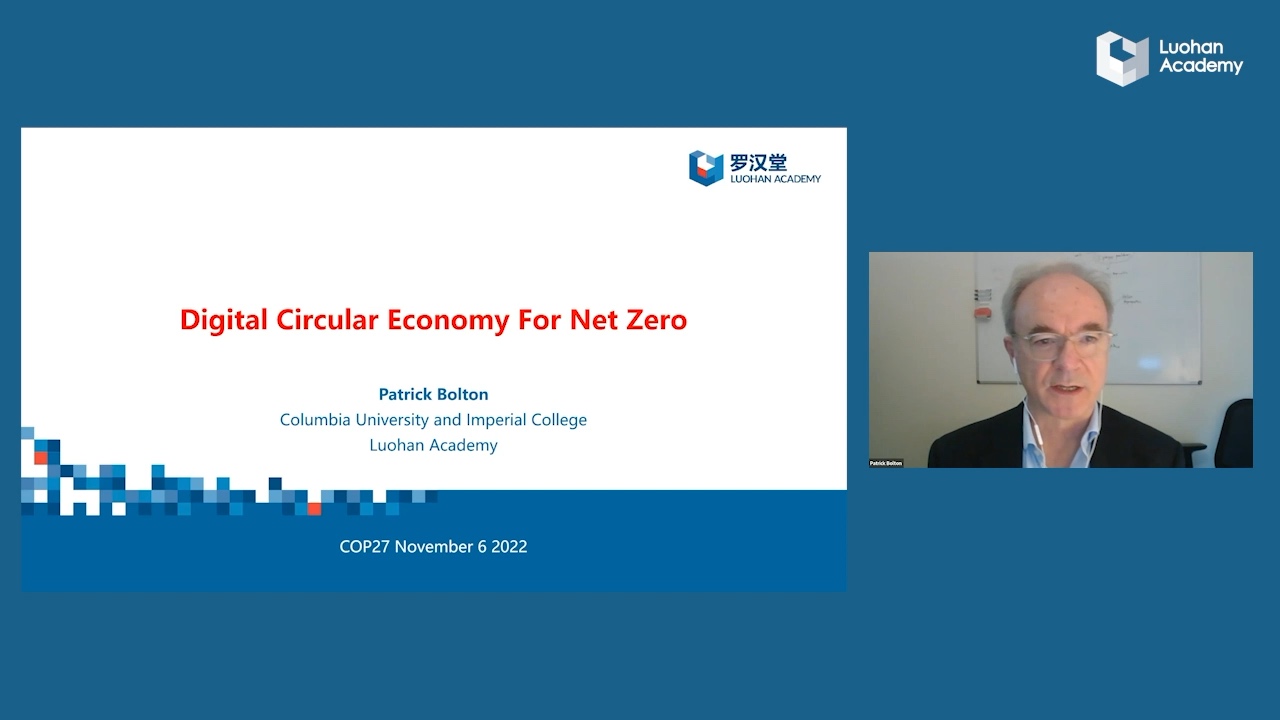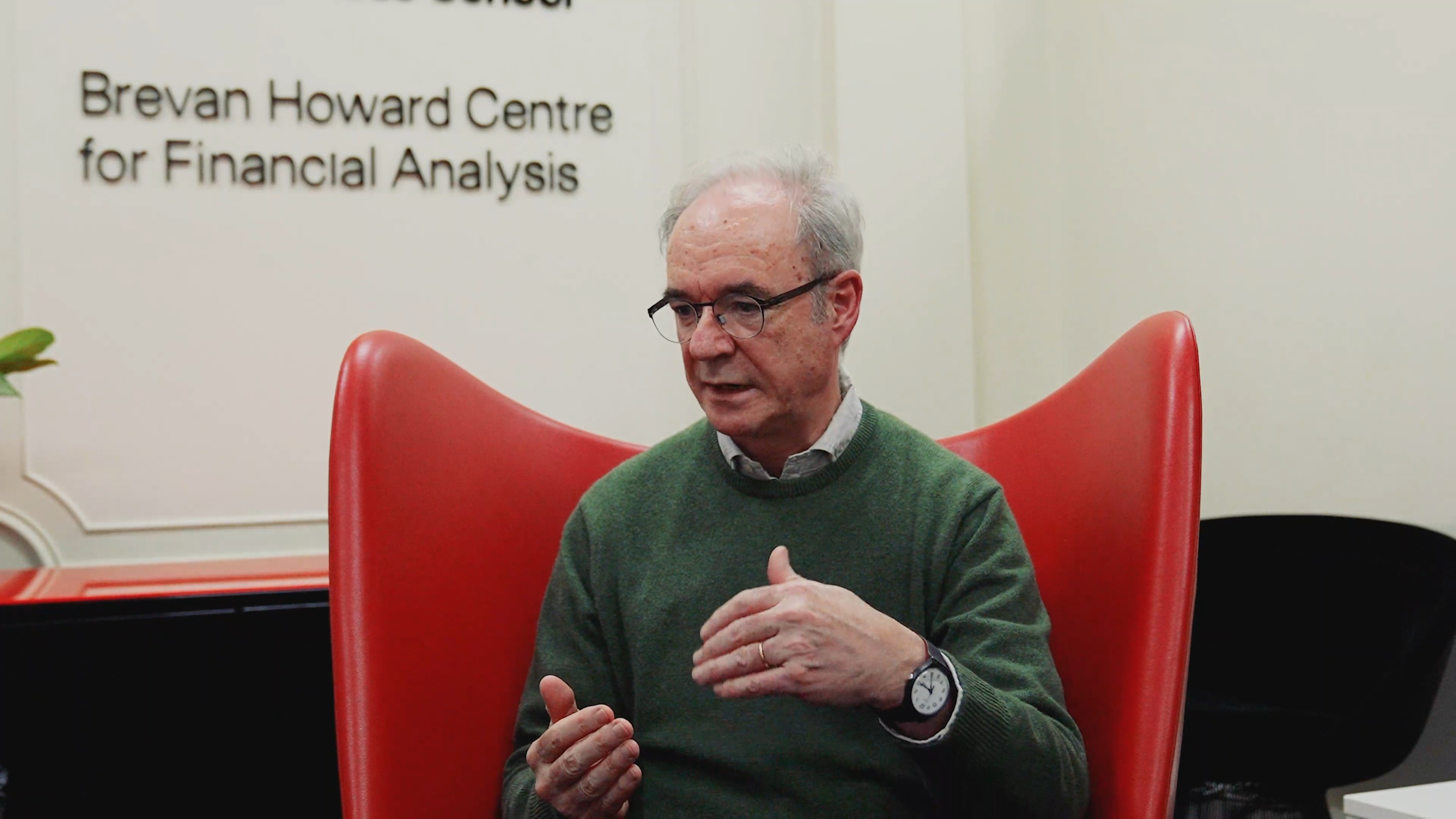After more than six-year’s preparation, China’s central bank has finally unveiled to the public its digital currency, termed “Digital Currency Electronic Payment” (DC/EP) by former governor of the People’s Bank of China (PBOC) Zhou Xiaochuan. What is DC/EP, and what is it not?
First, and perhaps most importantly, the national digital currency DC/EP is designed to function as “cash” or just as the base money supply, at least for now. The DC/EP is issued by PBOC and works exactly like cash or reserve in monetary economics; it is not “credit” itself. Households or firms may hold DC/EP in special digital wallets or at some commercial bank accounts, but not at the central bank; commercial banks place 100% of reserves in the central bank against DC/EP (hence, no extra credit is generated). This particular “two-layer–system” design prevents the economy from cutting out the commercial banks as middlemen; Chinese customers familiar with digital payments should not perceive any difference between DC/EP and their usual Alipay or Tenpay.
The bottom line: Beijing wants minimal economic disruption in the world’s inaugural Central-Bank-Digital-Currency (CBDC) experiment.
Second, although the DC/EP is built with blockchain and cryptography, which presumably ensure superb security, it is run on a centralized database and hence lacks all the excitement regarding “decentralization” brought on by Bitcoin and other cryptocurrencies. Privacy issues aside, centralization is not necessarily a bad thing—efficiency at the cost of crash risk.
More importantly, despite being simple conceptually from the perspective of economics or business, DC/EP and its implementation are quite challenging technologically. For instance, based on Bluetooth technology, China’s DC/EP supports “double off-line transactions,” which allow two individuals to transfer their digital currency without Internet or mobile networks—literally just like cash. DC/EP touts innovations like these as its edge against its biggest competitors like Alipay and Tenpay.
Hence, I believe the DC/EP project will shape payment and settlement systems in the decades to follow, setting the stage for building the next generation of “financial infrastructure” in China. Interesting enough, the DC/EP itself does not need bank accounts; though many have applied to patents how to integrate the DC/EP into the existing banking structure in a seamless way. Unlike COVID-19 bailout payments clogged in the outdated financial systems of Western countries, financial subsidies could be quickly transferred to the right person in China during the next pandemic (if there is one in the future).
From an economist’s perspective, the government should provide a smooth, real-time, secure payment system—one of the most important public goods needed in any modern market-based economy. It is also quite conceivable that, once the upgraded financial infrastructure is running, China would like to export it to its allies, especially those in the One Belt One Road initiative. DC/EP could be thought of as one of Beijing’s relentless efforts to internationalize RMB, as China has long been frustrated by the US-dominated global financial system (Fed-Wire, CHIPS, and SWIFT).
This leads to my fifth point. Just like many mainstream economists (including me), policy makers in China never like “cryptocurrencies” per se; they are fascinated by “blockchain technologies.” As a part of the “new infrastructure” stimulus program launching soon in response to the COVID-19 pandemic, blockchain technology can support multi-party business activities or international collaborations (e.g., supply chain finance, global trade) to buffer against pandemic shocks like COVID-19 and trust rifts exacerbated by ideological differences. Cryptocurrencies that are native to various blockchains, on the other hand, are mostly copycats of each other and highly speculative.
From this perspective, Beijing would naturally ask the private sector to focus on blockchain itself and stop wasting time on cryptocurrencies. Instead, it is the PBOC to develop DC/EP—the only legal cryptocurrency—that can be integrated into hundreds of blockchain projects, with the highly ambitious vision that eventually device-to-device transactions will allow China to automate entire Internet-of-things ecosystems, bringing efficiency gains to supply chains and even smart cities.
Finally, DC/EP should be viewed as a positive step for China, but not as an imminent threat to the dollar’s supremacy. Given the ambition to internationalize RMB, the PBOC certainly felt pressure from Libra to expedite the launch of its own digital currency, but DC/EP is not a silver bullet. After all, RMB, not DC/EP, bears the credit of the Chinese government and is subject to the usual exchange rate risk. Yes, DC/EP and its associated financial infrastructure—as technologies—facilitate the transaction/payment of RMB. But unless China fully liberalizes its capital account, it is far away from disrupting USD’s advantageous position—at least in the foreseeable future. Ultimately, the exorbitant privilege of USD is due to the strength of the US economy, together with some “coordination/network” feature (i.e., I want dollars because I know other people want them, ad infinitum).
Zhiguo He
Fuji Bank and Heller Professor of Finance, Booth School of Business; Director of Becker Friedman Institute China, University of Chicago; Member of the Academy Committee, Luohan Academy









